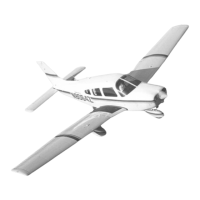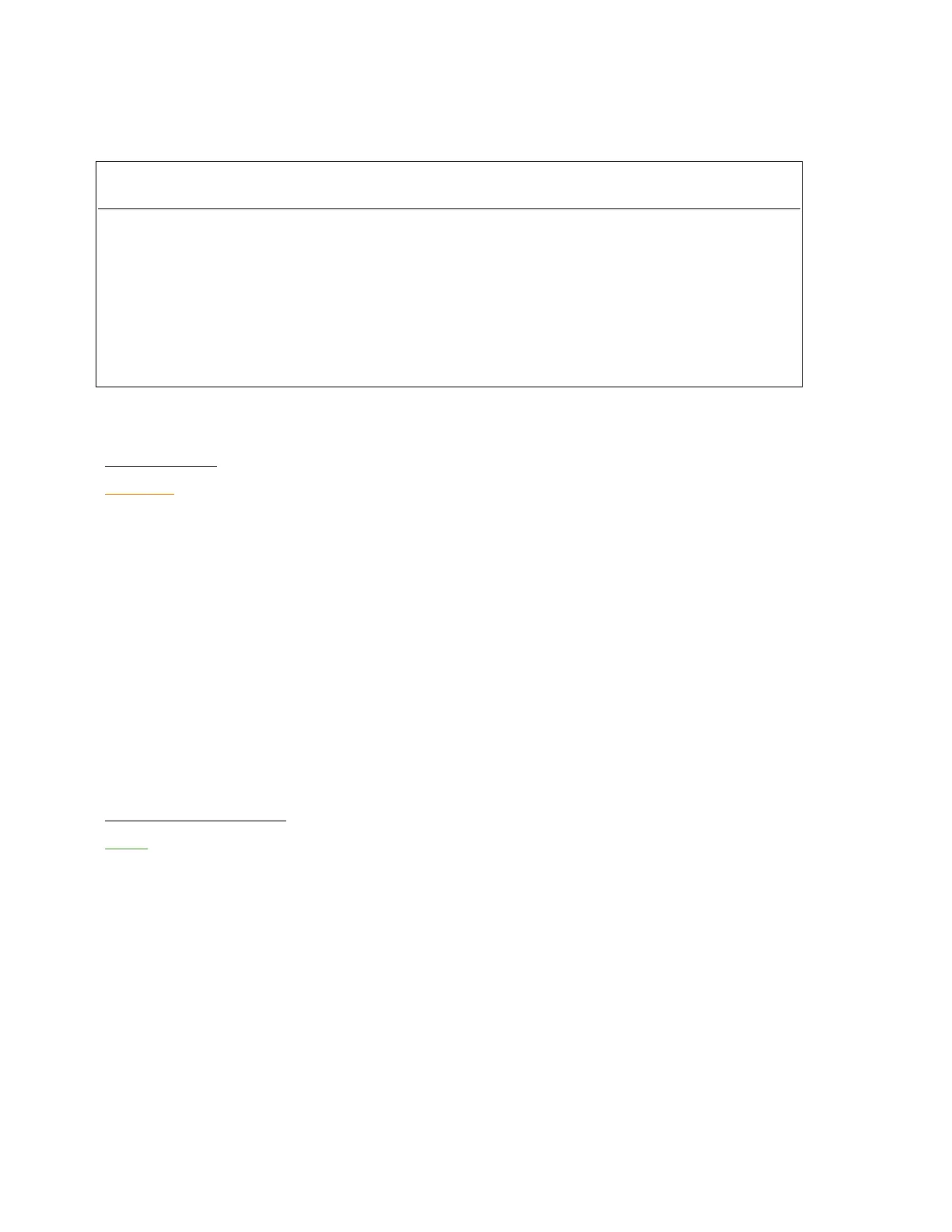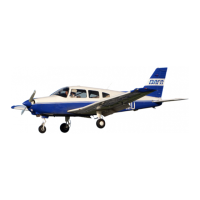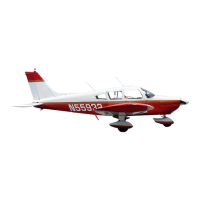PIPER AIRCRAFT, INC.
PA-28-161, WARRIOR III
MAINTENANCE MANUAL
PAGE 8
Nov 30/06
1J16
20-00-00
8. Support Clamps
CAUTION: MAKE CERTAIN THAT CLAMPS ARE OF THE CORRECT SIZE. CLAMPS OR
SUPPORTING CLIPS SMALLER THAN THE OUTSIDE DIAMETER OF THE HOSE MAY
RESTRICT THE FLOW OF FLUID THROUGH THE HOSE.
Support clamps are used to secure the various lines to the airframe or power plant assemblies. Several
type of support clamps are used for this purpose. The rubber cushioned and plain are the most commonly
used clamps. The rubber cushioned clamp is used to secure lines subject to vibration; the cushioning
prevents chafing of the tubing. The plain clamp is used to secure lines in areas not subject to vibration.
A teflon cushioned clamp is used in areas where the deteriorating effects of hydraulic fluid or fuel is
expected, however, because it is less resilient, it does not provide as good a vibration damping effect as
other cushion materials.
Use bonded clamps to secure metal hydraulic, fuel and oil lines in place. Unbonded clamps should be
used only for securing wiring. Remove any paint or anodizing from the portion of the tube at the bonding
clap location.
All plumbing lines must be secured at specified intervals. The maximum distance between supports for
rigid fluid tubing is shown in Chart 2.
9. Dy
e Penetrant Inspections
NOTE: The following procedure is general in nature. See manufacturer's instructions, included with dye
penetrant kit, for specifics.
A. Using a volatile cleaner, thoroughly remove dirt, loose scale, oil and grease from surface to be
inspected.
B. Heat surface to at least 70°F (21°C), but not exceeding 130°F (54°C).
C. Apply penetrant by brushing, spraying, or dipping. Let stand 2 to 15 minutes, depending on
temperature.
D. Remove surplus penetrant by applying special cleaner recommended by penetrant manufacturer, or
by rinsing with water. Allow housing to dry.
E. Apply a light, even coat of developer by spraying, brushing, or dipping. Cracks or other opening in
surface being inspected will appear as bright red. An indication of size of the defect may be
obtained by watching the size and rate of growth of red indication.
Distance Between Supports (IN.)
Tube O.D. (IN.) Aluminum Alloy Steel
1/8 9-1/2 11-1/2
3/16 12 14
1/4 13-1/2 16
5/16 15 18
3/8 16-1/2 20
1/2 19 23
5/8 22 25-1/2
3/4 24 27-1/2
1 26-1/2 30
CHART 2
MAXIMUM DISTANCE BETWEEN SUPPORTS FOR FLUID TUBING

